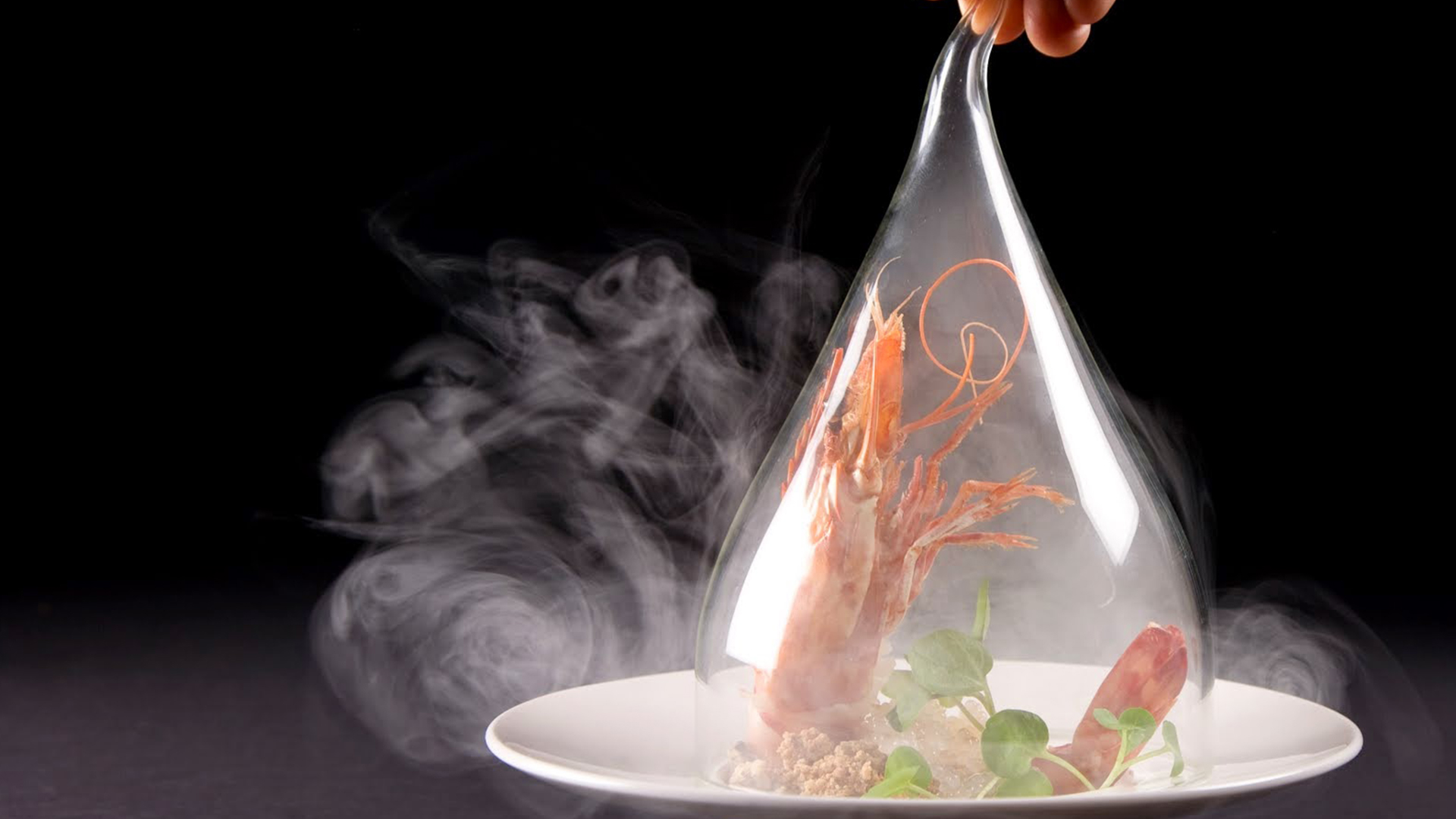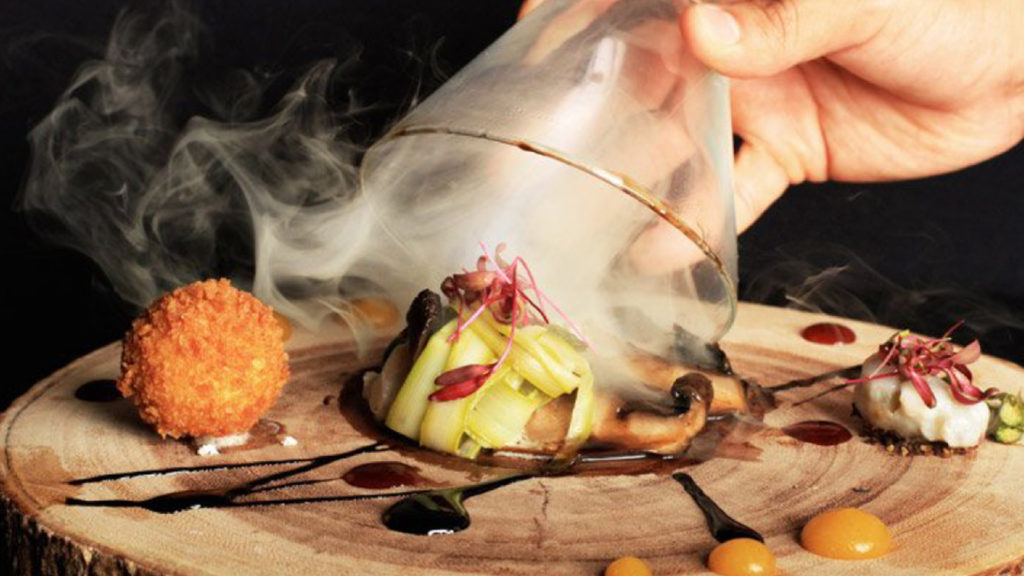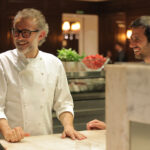When the art of selecting, preparing, serving and enjoying good food becomes the science of doing so, that’s the experience that’s popularly called “Molecular Gastronomy.”
For a few years, a new culinary trend called ‘molecular gastronomy’ has been touted as the most exciting development in haute cuisine. It is now the newest fashion for chefs to offer their customer’s fake caviar made from sodium alginate and calcium, burning sherbets, spaghetti made from vegetables, and instance ice cream, fast-frozen using liquid nitrogen. PEAKLIFE explores the various facets of this gastronomy biggie.
What is Molecular Gastronomy?

Molecular Gastronomy was born from the fusion of food sciences and gastronomic facts. The discipline enables you to expand the limits of your creativity by modifying the appearance and texture of food. Thanks to some basic techniques, you will effortlessly learn how to convert liquids into a mousse or how to create flavorful pearls that will explode in your mouth! During its inception, molecular gastronomy was reserved for great chefs but nowadays, it’s accessible to everyone and fully demystified. Molecular cuisine is a modern style of cooking and takes advantage of many technical innovations from the scientific disciplines.
History

The term molecular gastronomy was coined in 1988 by Hungarian physicist Nicholas Kurti and French Physical chemist Herve This. In 1992, it became the title for a set of workshops held in Erice, Italy that brought together scientists and professional cooks for discussions about the science behind traditional cooking preparations.
Until the establishment of molecular Gastronomy, there was also no scientific discipline studying the chemical processes of cooking at home or in restaurants.
Today, the term is very often connected with chefs wielding liquid nitrogen, edible gels usually used in a laboratory. Molecular gastronomy also studies heat conduction, convection. Understanding the science of cooking can lead to seemingly bizarre dishes that are unexpectedly delicious. Some examples of molecular gastronomy foods are a miniature apple that is made to taste like meat, cocktails in ice spheres, fake caviar made of olive oil, transparent ravioli, spaghetti made from vegetables, instant ice cream.

Though molecular gastronomy is based on science it is still a mix of science and art of cooking. The scientific component is based understood if we look at the techniques which are summed up below:
- Spherification
- Use of emulsifiers
- Aromatic component
- Flash freezing
- High-pressure cooking
- High power mixing
It is revolutionizing traditional cooking and transforming dining into a surprisingly emotional and sensory experience.













Comments are closed.